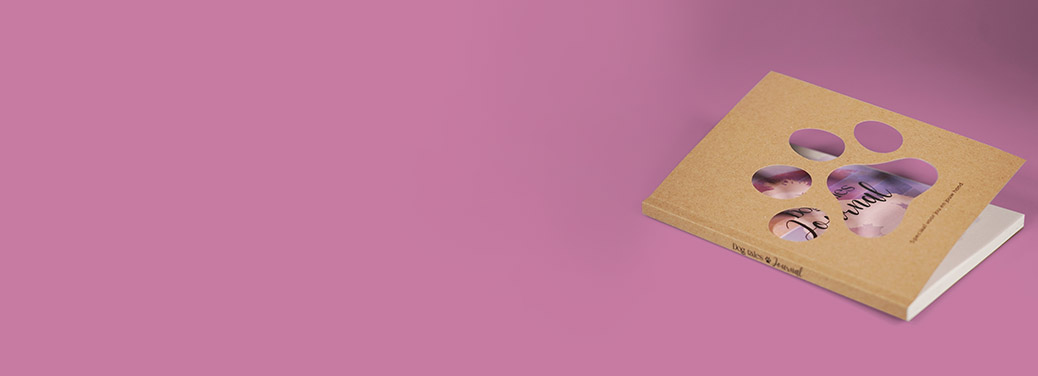
What is die-cutting?
Die-cutting is a bookbinding technique, a bit similar to perforating.
Definition and applications of die-cutting
Die-cutting consists in cutting out the desired shape from a sheet of paper, paperboard, cardboard or another similar substrate. It is done using special knives (blades) in a cutting die or by means of a digital cutting plotter.
How does it work? The process
Thanks to die-cutting even the most complex shapes can be obtained, impossible to cut out using a conventional paper cutter. The cutting die that is specifically set up for the desired shape is simply a board with blades – a kind of matrix for the cut pattern. When the die-cutting machine presses the die against the substrate, the required shape is cut out. However, the cutting die can also be used for creasing, or making an impression in the paper or board to enable folding.
In the case of digital technology and the use of a plotter (i.e. in the case of our printing house), a cutting die is not used. A special blade cuts out the desired shape in the material placed on a table. If only creasing is required, a creasing head is used instead of the blade.
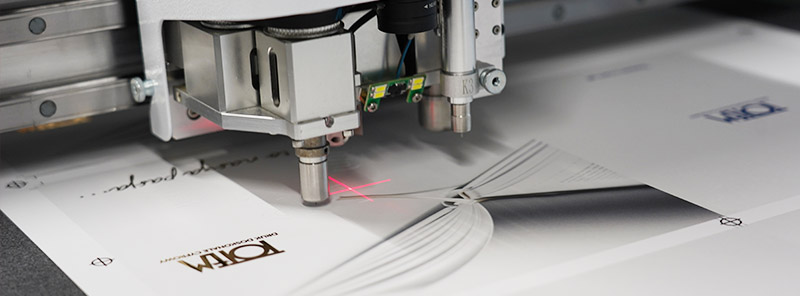
Examples of various types of die-cutting
Die-cutting is universally employed in the printing industry. It is common in the packaging sector as it makes it possible to obtain sophisticated shapes of cardboard boxes with openings, such as little windows or handles of different sizes.
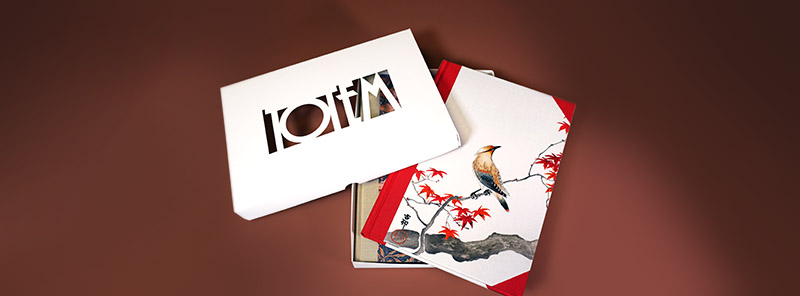
It is widely used by printers producing materials for advertising and special occasions. We are all familiar with Christmas cards with cut-out trees, baubles or elaborate lattice patterns. This is where die-cutting was applied. The technique is also useful in the production of envelopes, stickers and a variety of advertising aids, e.g. shelf wobblers or stands found in shops.
Benefits of die-cutting in books and other printed matter
In a traditional printing house die-cutting is a step in the bookbinding process, or – more precisely – in the treatment of covers. It enables cutting out fancy openings in both soft- and hard covers, as well as in dust jackets and wraparound bands. Cover die-cutting makes them more attractive. An unusual opening in the cover or a sophisticated cut-out along its top or side edge can be intriguing and appealing.
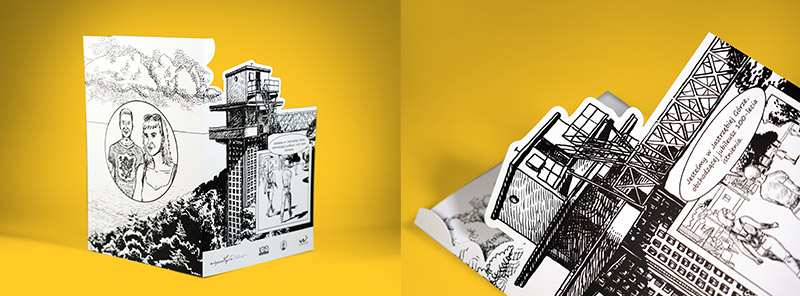
If the cover design is well thought out, and the die-cut opening serves a specific purpose in the visual communication by drawing attention to the front page inside, a coherent concept is achieved: a cover that leaves nobody cold.
The same is true for dust jackets and wraparound bands. If the die-cutting layout is well-designed and matches the cover design, it readily enhances the visual appeal of the book and adds credibility to the message conveyed by the graphics.
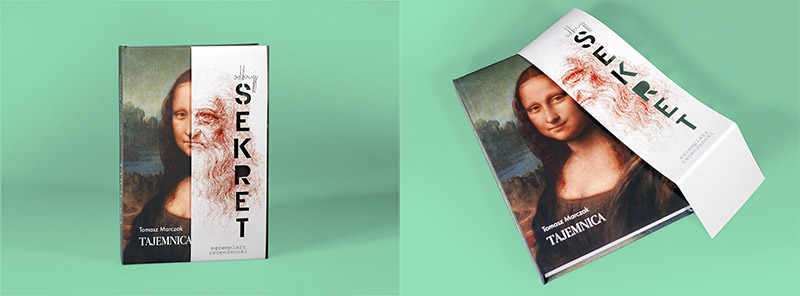
We absolutely recommend die-cutting to anyone who wishes to improve their publication visually and enhance its aesthetic value without hassle.